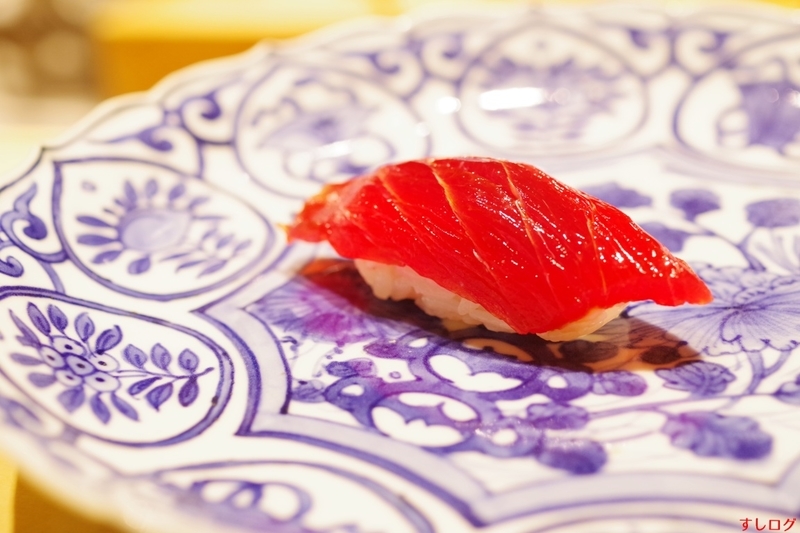About me and sushi restaurants in Japan

About me and this blog
Sometimes in Japan, I'm asked for directions to sushi and other restaurants by international travelers on the street. And in many cases, I feel an urge to tell them , “There are much better restaurants!”
There is plenty of information about sushi online. However, most of the information is not helpful for the genuine gourmet. Even for us Japanese, it requires trained eyes to choose restaurants worth visiting. But, don't worry. You are in luck, because I will introduce you to sushi restaurants that won’t let you down.
Who am I?
I run a Japanese website called “Sushi-Log", which gets around 100,000 monthly page views. And, on this website, I write about sushi and other Japanese restaurants, as well as Japanese sweets shops.
I live in Tokyo. I love sushi, Japanese food, cooking, traveling and discovering hidden gems. I've visited over 6,000 restaurants throughout Japan. I pay for all my meals so that I can review the food objectively. I also study the art and history of cooking.
I have a day job, but that doesn't keep me from traveling all over the world in search of good food. That's why many in Japan call me a “food fanatic.”

Rules at sushi restaurants
Many travelers to Japan feel the anxious when they visit sushi restaurants, much less high-end ones. However, most Japanese people also feel hesitant to visit such a restaurant because of its unique and exclusive atmosphere. Yes, some unspoken rules do exist in the sushi world. However, they are quite simple.
Here are a few things to keep in mind on your next visit:
* Never cancel your reservation on the day of or the day before.
* If you will be late for your reservation, call the restaurant ASAP.
* Before taking photos, get permission.
* Eat sushi as soon as it's served!
* Don’t wear any perfume.
Sushi fish are very expensive and rare. Chefs go to the Toyosu fish market (previously, in Tsukiji) to procure them in the early morning. After that, they spend hours preparing the food to best serve their guests.

FAQ
Q1. Should I eat sushi with my hands or chopsticks?
A1. Either's fine. In my opinion, eating with your fingers is easier and more traditional.
Q2. Can I dip sushi in soy sauce?
A2. In many cases, it's unnecessary because most chefs at high-end restaurants apply sauce called "nikiri" or "nitsume" to their sushi before they're served. "Nitsume" -- used for conger eels, hard-shell clams and so on -- is made from broth, soy sauce sake, and sweet sake or sugar.
Q3. Can I order sushi without wasabi?
A3. No problem. Just tell the chef.
Q4. Is it OK to tell chefs the types of sushi I don’t like?
A4. No problem. But, it's better to let the sushi chef know when you reserve the restaurant. You can either tell the name of the fish or the kind of fish you cannot eat. As to the kind of fish, you can say akami (red fish), shiromi (white fish), hikarimono (silver-skinned fish) or kai (shellfish).

Sushi may appear easy to cook, like fast food. However, sushi is created based on chefs' ingenuity through trial and error. It is not just "raw fish with vinegar rice" but a generalized art form that consists of cooked fish and delicious vinegar rice. Excellent sushi chefs must bring out the essence of each fish, and I'm confident that sushi is the best way to enjoy the most delicious fish from all over the world.
I hope this site will help you discover awesome sushi on your next trip to Japan!